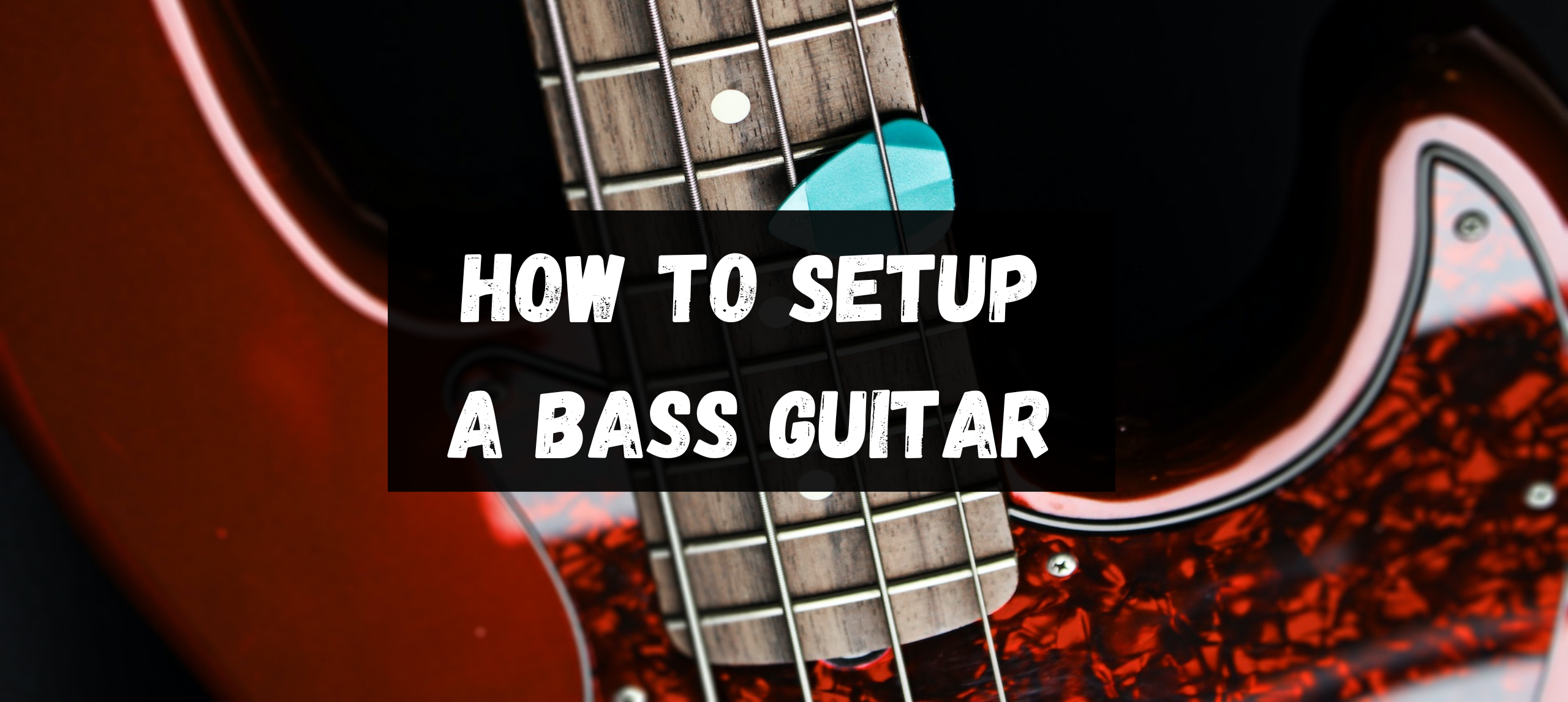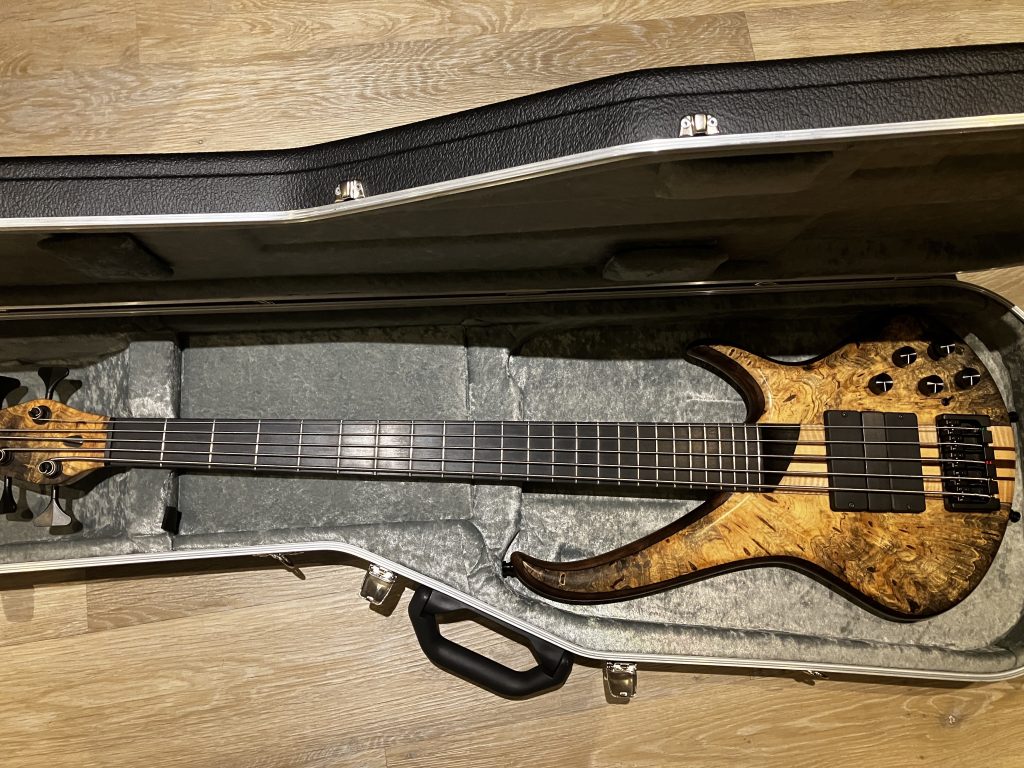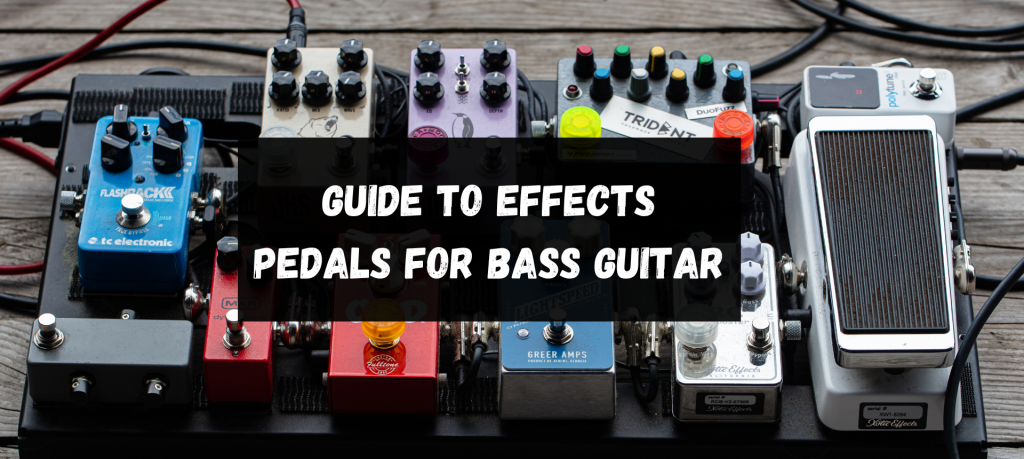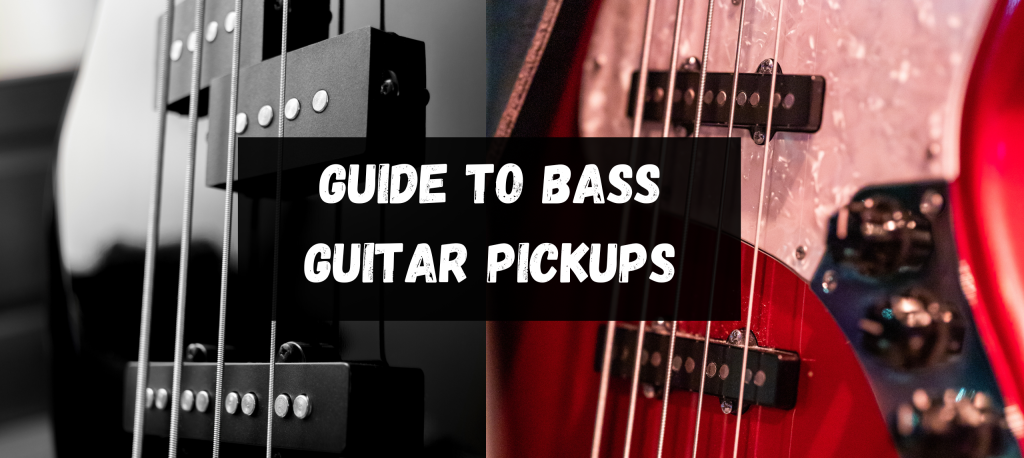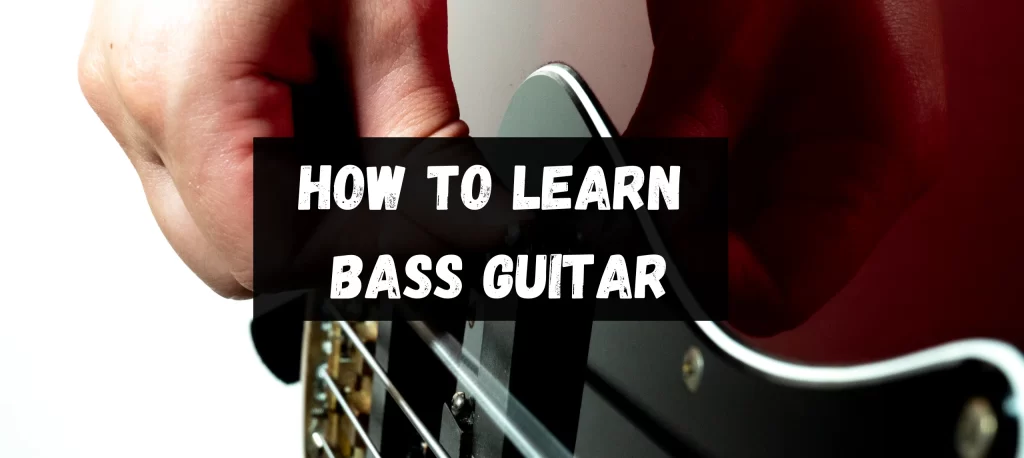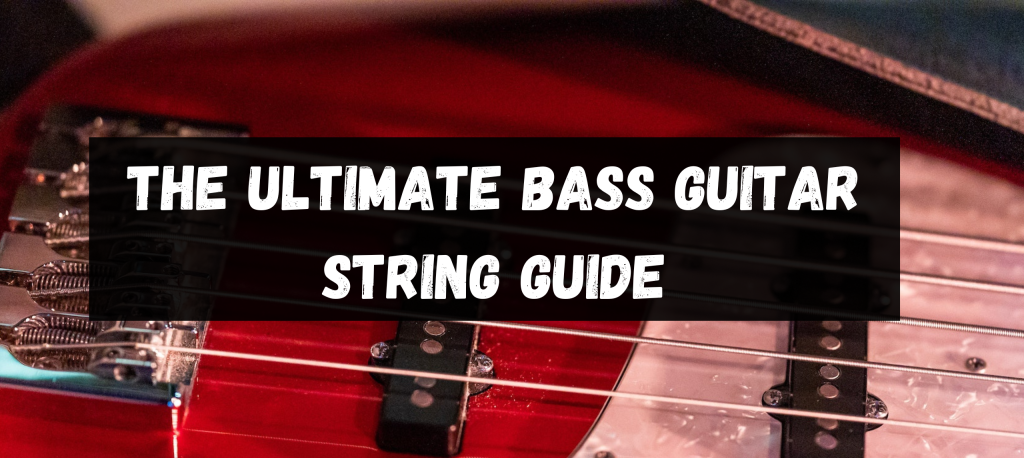November 14, 2022
Howard
You’d be surprised by how much properly setting up a bass can affect the playability and sound. Here’s how to setup a bass guitar to accommodate your playing preferences, to achieve the sound you’re looking for, and some great maintenance tips!
The original design of the bass hasn’t particularly changed much, and there are lots of adjustments that can be made. When doing setups you want to make adjustments at room temperature, keep them in tune and take measurements while the instrument is in it’s playing position (otherwise gravity may influence the measurements). This is necessary as you are recording measurements from something that is made out of wood where temperature and humidity affect it. When you have made an adjustment, always tune the bass again. Getting an excellent tuner where it shows every cent of the pitch will make your adjustments precise. Having the right tools is important, and there are some great kits out there that contain all the tools you will need. If your bass is already set up and you suddenly change the thickness of your strings, you may have to set up your instrument again as thicker gauge strings increase the tension in the neck. So it is recommended to start the set up with a new pair of strings. (I have a bass guitar string guide if you’re interested!)
Cleaning When Changing Strings
It is recommended to change one string at a time so that the neck remains in its usual tension. However, if you’ve recently bought a previously owned bass or haven’t ever cleaned an existing instrument, you can take all the strings off to give it a good clean. Regardless you should find a level surface to work on and lay something soft such as a sheet to protect the underside of the bass against the surface. If you have a maple fretboard, it is likely to be lacquered, so never use any abrasives such as wire wool. Just dampen a cloth and wipe the gunk away. If the fretboard is made out of rosewood, I would recommend getting some lemon oil as it is friendly with the exotic hardwood. You can use abrasives to help clean because rosewood fingerboards tend not to be lacquered. Just using some kitchen roll and rubbing in the oil should do the job quite nicely. A tip for getting a ‘faster neck’ is to spray some polish on the underside of it.
Cleaning the body also depends on what finishing method has been applied. If it’s been lacquered just use a damp cloth, and you can apply specific guitar polish if you want though it’s not necessary. Don’t get any moisture seeping into the pickups. If the bass doesn’t have a lacquered finish (such as a satin or matte), you can clean it with a dry cloth (not damp).
To clean up tuning pegs and bridges you can use some polish if you think it requires a clean.
Changing Strings
You will need some wire cutting pliers. First, unravel a string (make sure it’s the right one! they are usually coloured or say on the packet) and pass it through the bridge. You will need to measure where to cut the string and allow excess to wrap around the tuning pegs, 2 – 4 wraps are ideal. Fewer wraps and you run the risk of having unstable tuning and having more will be unaesthetic. The way I measure the ‘cut mark’ is to pull on the string up past the tuning peg to the peg above (i.e. stringing the E string and cutting it 1 cm above the A string tuning peg). You then place the string down into the tuning peg and bend it back through the groove to form a right angle (it doesn’t matter which side of the groove). For left side tuning pegs wrap the string around clockwise and turn the peg anti-clockwise. For the right side, wrap the string anti-clockwise and turn the peg clockwise. It is helpful to pull on the string when turning the tuning pegs and ensure that the string coils downwards underneath the previous wrap. Make sure to use a tuner, so you know when to stop turning the tuning pegs! When you’ve put on all the strings, gently pull the strings away from the fretboard to tighten the wraps around the tuning pegs (You can also pull the strings gently lengthways). Then retune. Gently pulling on the strings will keep them more in tune as the string is wrapped around the peg properly. It will take a little while for the neck to settle in again so if you took all of them off for cleaning, you would need to wait until going to the next step.
While on the subject of tuning pegs, you will find a screw attached at the end of the pegs, and these can be slacked for greater ease of turning them. Similarly, you can tighten them up so that they will stay in tune if they get knocked.
How to Setup a Bass Guitar’s Truss Rod
This adjustment can cause severe damage if not done correctly and be especially cautious if the instrument is vintage. Tightening strings up, on an instrument creates a lot of tension and stress, particularly on the neck where the wood is thin. A truss rod is routed into the neck prior to gluing on the fingerboard and is used to combat the tension. ‘Neck relief’ is when there’s a healthy amount of resistance coming from the truss rod and is bending the neck in the right direction. To inspect the condition of your neck, you can hold it vertically and sight downwards. The neck should either be bending with a trough away from the strings or be straight. If it is bending with a trough towards the strings, it is horribly bending the wrong way. A truss rod nut is fitted at the end and is located underneath the truss rod cover at the headstock or at the base of the neck near the pickup.
Tightening the nut clockwise will reduce relief and flatten the neck.
Loosening the nut anti-clockwise will increase relief and bow the neck in the right direction.
However some truss rods may in fact work the opposite round, so it is worth checking. So again only work in increments. Wider necks such as six-string basses will often have two truss rods to accommodate and ‘relief’ the extra width.
It’s worth mentioning at this point that:
The setup heights mentioned below, are also dependent on the type of instrument, type of pick-up and personal preferences of the player.
So there is lots of room to ‘play’ and see what suits you. I have however given some ‘standard’ measurements.
To precisely measure truss rod tightness you must depress the first and last frets of the E string, and you will have to use a capo on the first fret to do this. You can then use the string as a straight edge and measure the distance from the eighth fret and the string. You’re looking for clearance of 0.015” (0.381mm), and you should use a thickness gauge to measure accurately. If the gap is bigger, then there’s too much relief, and you should tighten the truss rod. If less, loosen the truss rod. But remember you need to make small adjustments and wait a while for the neck to respond to the new tension. Although personally, I like my necks to be fairly straight. If in doubt you should leave this job to a proper technician. Tune again for the next step.
How to Setup a Bass Guitar’s Action
The action is the distance between the string and the frets and makes a big difference as if they are set too high it is harder to fret, however, set too low and you will get the string touching a fret and resulting in buzzing. The heights of the string can all be adjusted by the bridge saddles, usually via Allen key (Hex key). You must measure from the 17th fret to the bottom of the string. A clearance of 3/32” (2.38mm) is acceptable, though you can go as low as you want if you want to be a particularly speedy player. Some players even tolerate some buzz so they can play faster, and others may find it more comfortable. It’s something to play about and see what works for you.
Remember to tune every time you make an adjustment and also ensure that for each saddle its screws sit at the same height.
Check the Nut
With the truss rod and action set, you should now check the nut by measuring the clearance of 0.020” – 0.022” (0.508mm – (0.559mm) at the first fret. This is done to check the nut slots in the nut. If too low, you may induce buzzing, and if too high, the action won’t be set properly. Though if they are too high or too low, you will need to take it to an expert technician who may have to make a new nut, especially if the slots were cut too deep.
Pickup Height
The pickup height should be in the ranges of 3/32” to 1⁄8” (2.381mm to 3.175mm) with the measurement made from the pickup to the bottom of the string, with the last fret depressed. Changing the heights is a preference thing, and you can only really tell the difference by adjusting, followed by listening. It is also fairly usual to have the bridge pickup slightly higher than the neck pickup.
Intonation
This last step changes the string length and via the saddle position. You want it to be at the right length to have optimal tuning over the whole fretboard. A good tuner is of utmost importance if you want to have a properly tuned instrument. I use the tuner on my DAW (Digital Audio Workstation), but you just need a tuner that shows exactly how many cents it is out.
The saddle length is typically adjusted by a screwdriver. To see how your intonation is, you will need to fret the twelfth fret and observe the tuning. Then play a harmonic on the twelfth fret and observe that tuning.
If the fretted note is sharp – increase string length by turning the screw clockwise.
If the fretted note is flat – decrease string length by turning the screw anti-clockwise (you may need to tap the saddle if it doesn’t move forward).
Keep making small adjustments, keep tuning and keep comparing the tunings between harmonic and fretted notes until there is no comparison or is only a few cents out.
How to Setup a Bass Guitar – Conclusion
Your instrument should now play better and sound better! But play around with different measurements and see what works (or what should work) best for your intended playing style.
If you’d like to learn more about the bass guitar and how to play it, please check out my bass guitar books!

Howard Head
I turn confused bass enthusiasts into bass gods through a simple and logical process.

